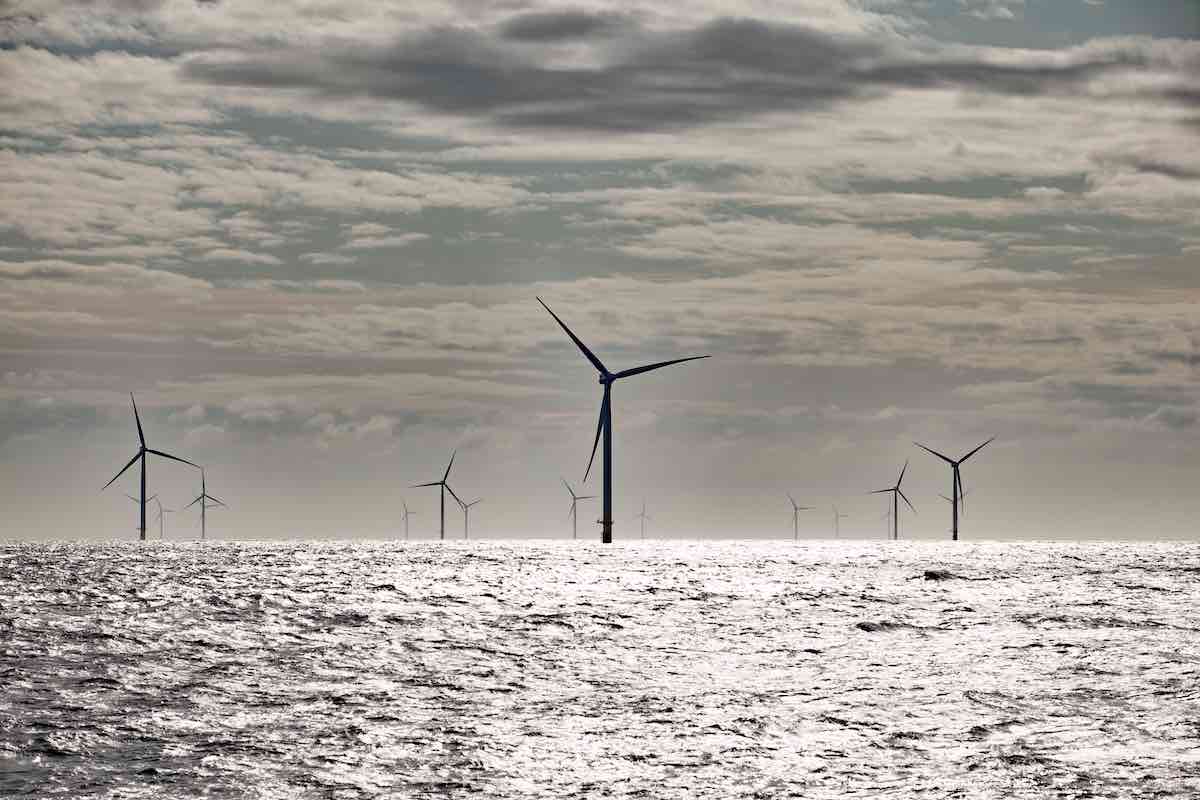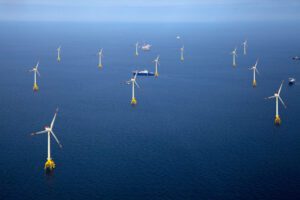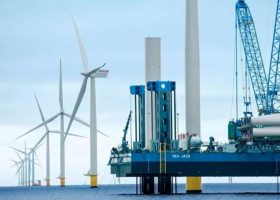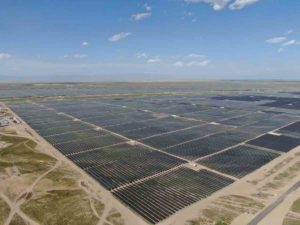The world needs to spend at least $US12 trillion, or more than $A18 trillion, over the next six years on renewables and grid infrastructure if it is to meet the climate targets set out at last year’s COP28 conference, according to a new study.
The eye-watering numbers come from an analysis from the Climate Analytics think tank, and comprise some $US8 trillion that needs to be spent to meet the agreed target to treble renewables by 2030, and another $US4 trillion on grid infrastructure to support it.
That equates to $US2 trillion a year, double the amount spent in 2023 investments. Climate Analytics says around $US6.6 billion of investment considered “locked in” from 2024 to 2030, leaving a shortfall that it says can be met by diverting money away from planned fossil fuel investments.
“$2 trillion a year sounds like a cost, but it’s really a choice,” says Climate Analytics expert Dr Neil Grant, who is the lead author of the report.
“We’re set to invest over $6 trillion in fossil fuels over this decade – more than enough to close the tripling investment gap. Faced with this choice, I’d go with the safest, best value option – renewables.”
The study notes that to have a chance of meeting the agreed Paris target of capping average global warming to 1.5°C – a level it has already breached, at least on a short time scale – the world needs to install some 8 terawatts (TW) of new renewables, to take the total capacity to around 11.5 TW.
Climate Analytics says half of this 8 TW of new renewable energy capacity will come from Asia, mostly in China and India.
“However, the spree of coal-fired power plant construction in China and India is a huge concern,” the report notes. “If this continues, it will either jeopardise a 1.5°C-aligned power sector transition, or create large-scale stranded assets.”
OECD countries, which for the purpose of this study includes Australia, will provide just over one third of this new capacity, but will need a ramp up of current policies – particularly in countries such as Japan.
Grant says that while scaling up renewables is key, emissions will only fall if they displace fossil fuels in the power system, and it calls for an end to the massive subsidies that support coal, oil and gas.

“There is a gap of 2.2 TW between current forecasts and the 1.5°C compatible benchmark,” the report notes.
” However, as the pace of renewable deployment continues to accelerate, this gap could quite feasibly be closed by 2030.
This would require renewables to grow 70 per cent faster over 2022–2030 than they did over the last eight years. This would achieve a key Paris-compatible milestone and be one of the most important actions for keeping 1.5°C within reach.”










